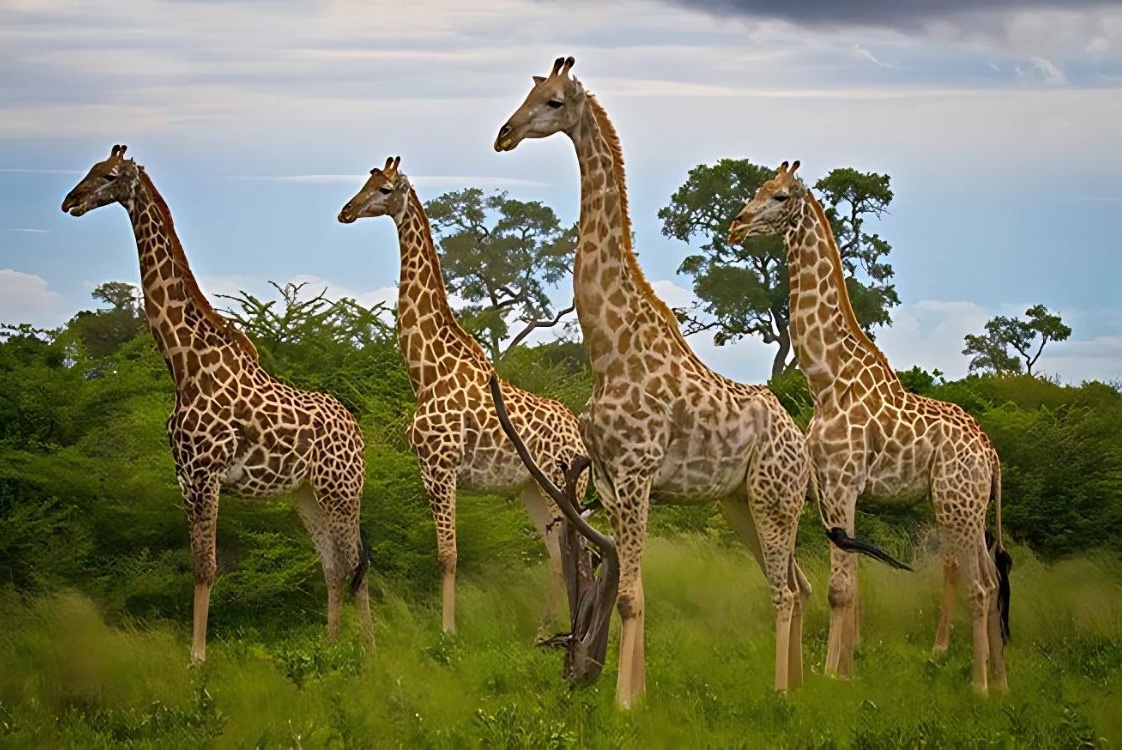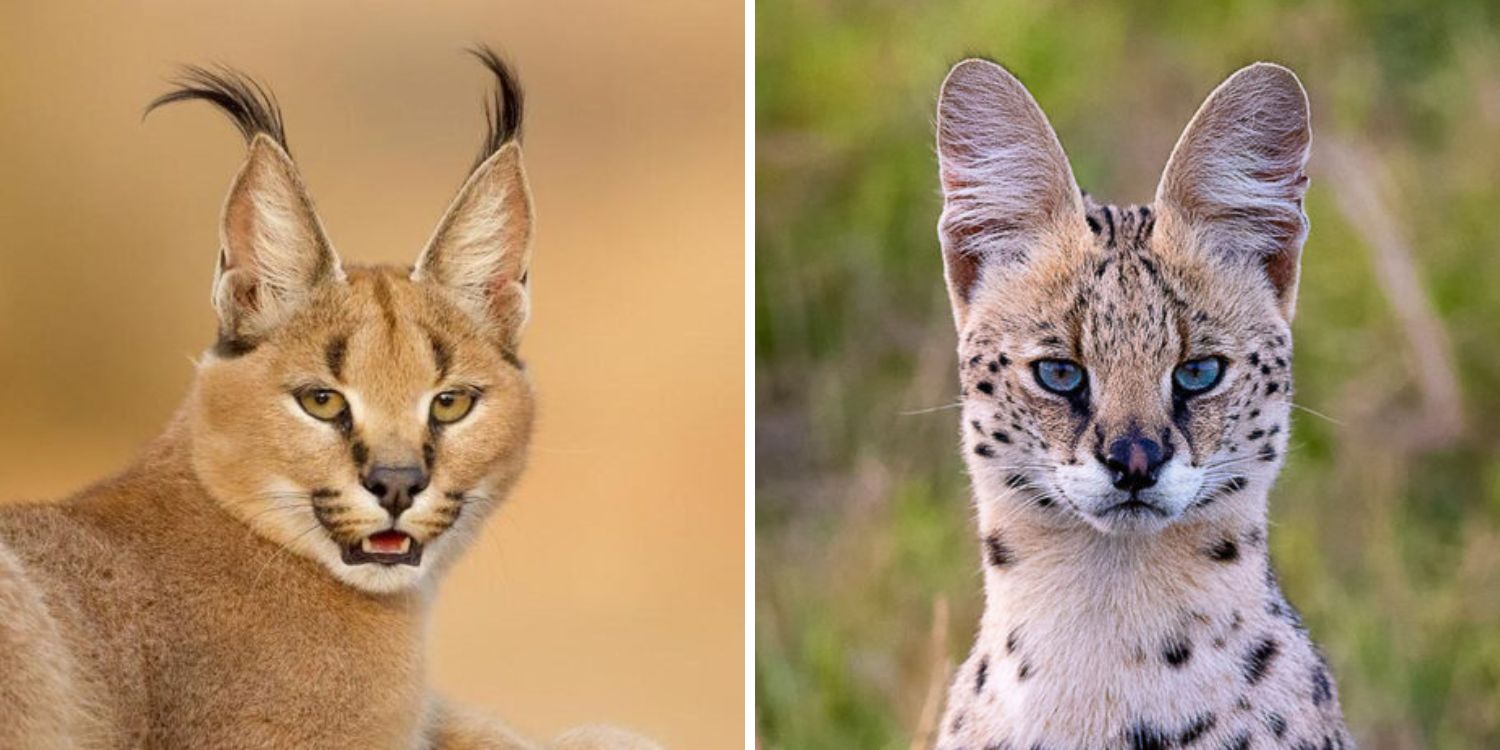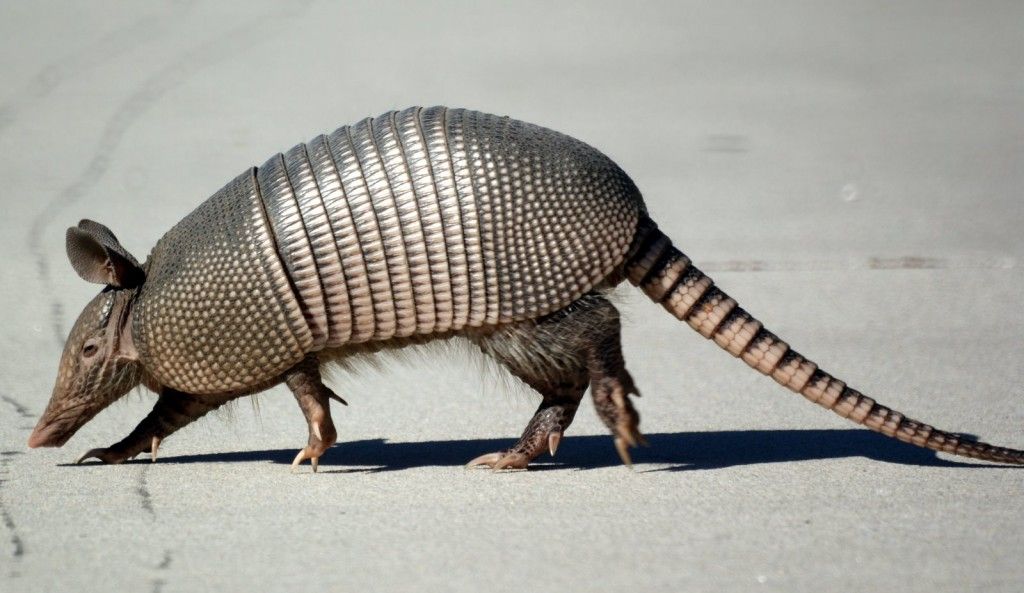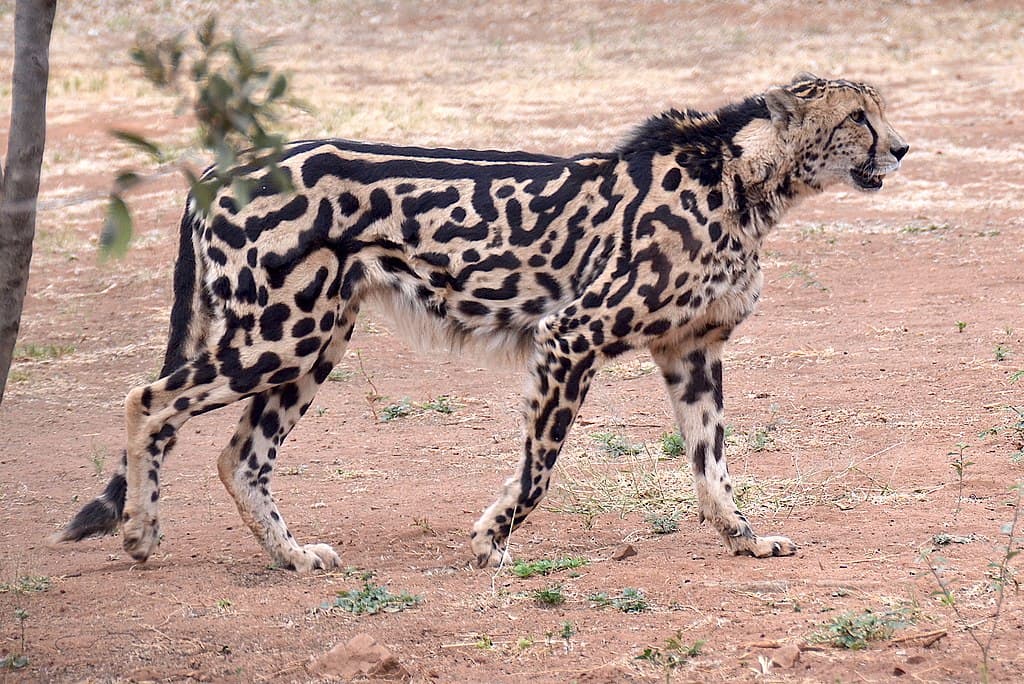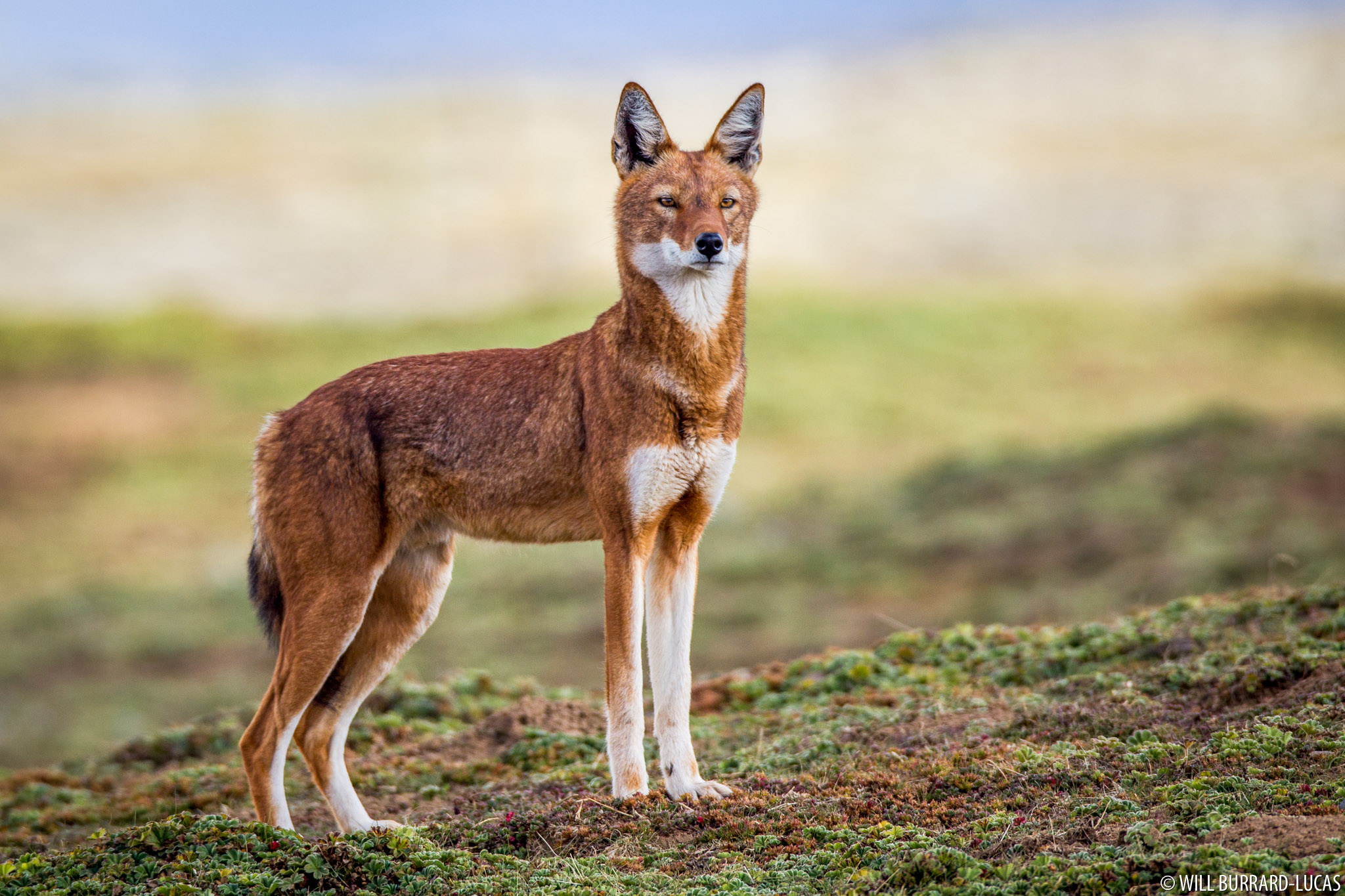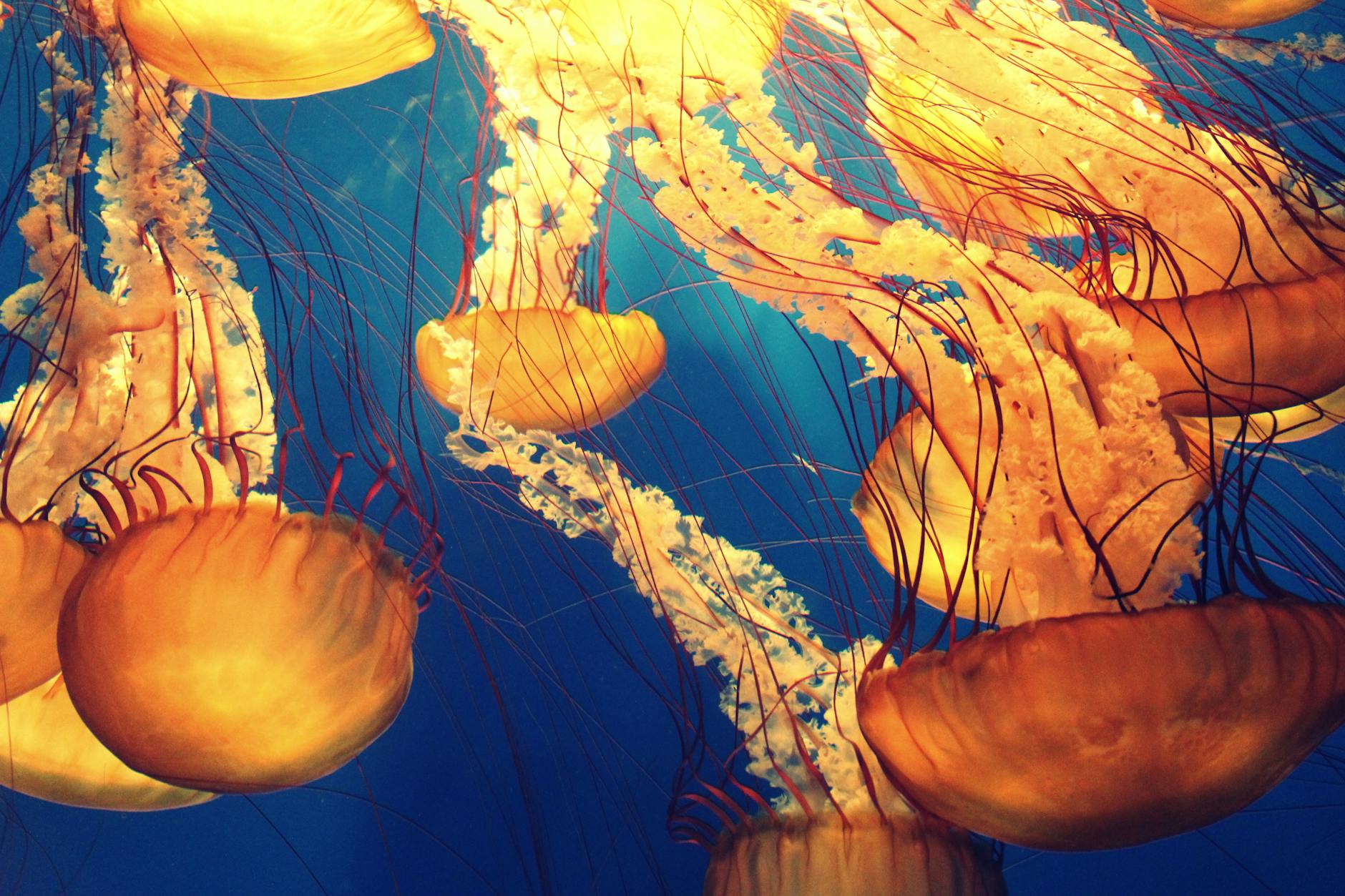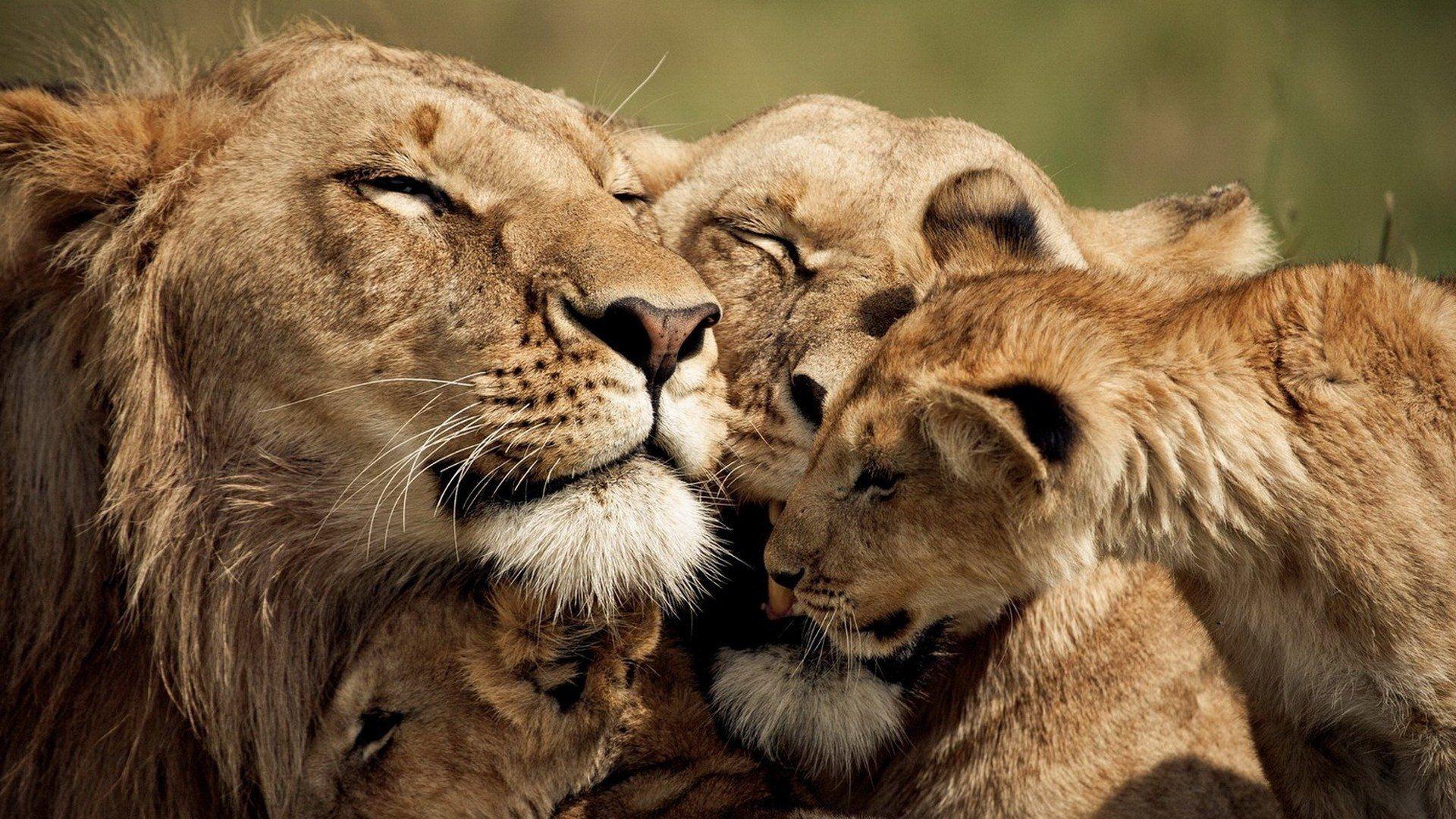
When you picture a lion, you might imagine a majestic male with a flowing mane surveying the African plains. But behind that iconic image lies a complex and fascinating social structure—the lion pride. Unlike most other big cats, lions are highly social, and their lives revolve around cooperative living, tight bonds, and fierce competition.
In this post, we’ll explore the dynamics of lion prides, looking at their composition, roles, behaviors, and the challenges they face in the wild.
What Is a Lion Pride?
A lion pride is a social unit typically made up of related lionesses, their cubs, and a small coalition of adult males. On average, a pride consists of:
- 3 to 12 adult females (though some prides can be larger)
- 1 to 4 adult males
- Cubs and sub-adults of various ages
This grouping is not random—it’s often based on kinship. The adult lionesses are usually sisters or cousins, and they remain in their natal pride for life.
The Roles Within the Pride
Each member of the pride has a specific role that contributes to the group’s survival:
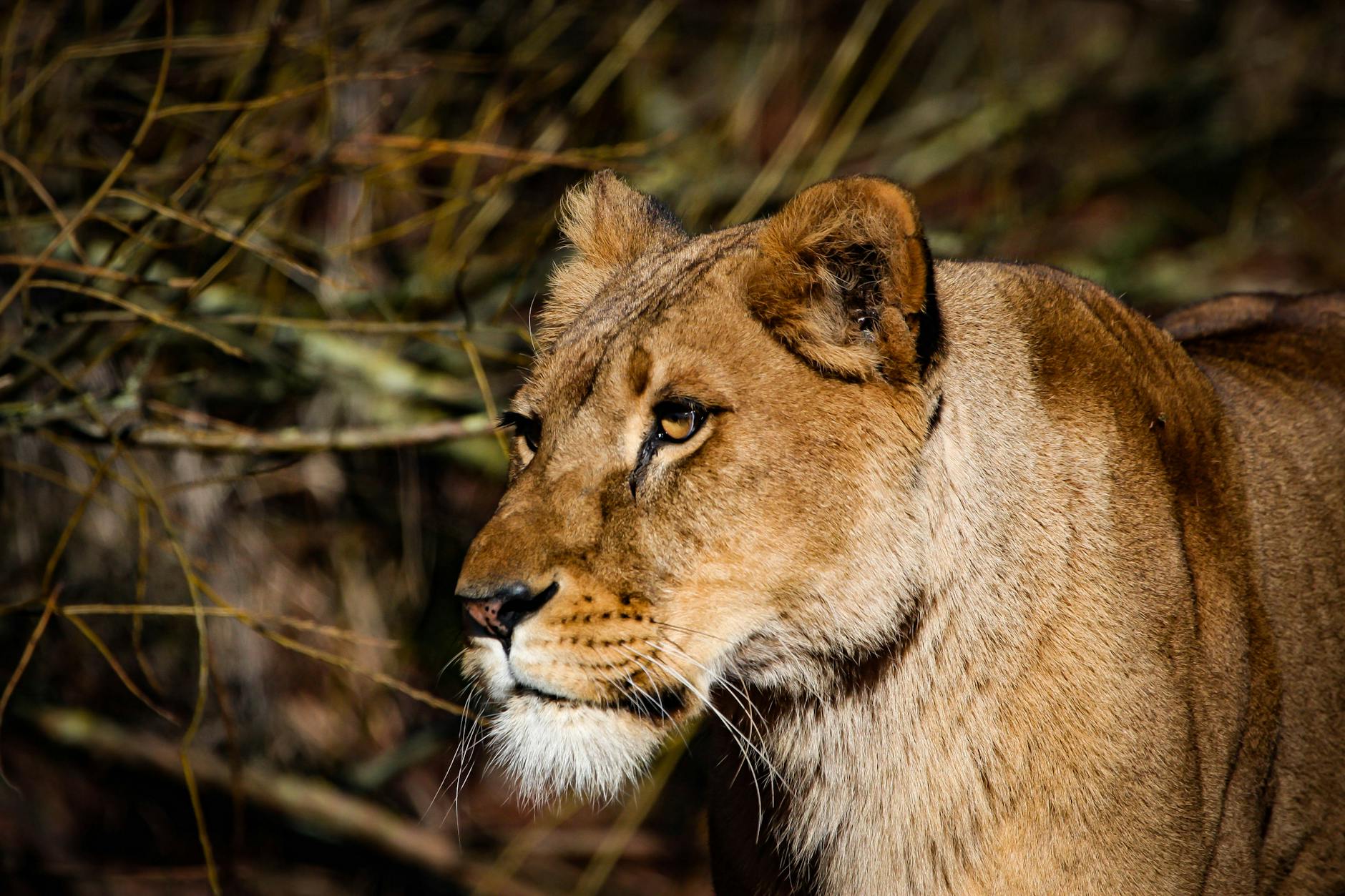
Lionesses: The Core of the Pride
Lionesses do most of the hunting and care for the cubs communally. They’re skilled, strategic hunters and typically coordinate attacks to take down prey like wildebeests or zebras. Lionesses also defend territory against other female groups.
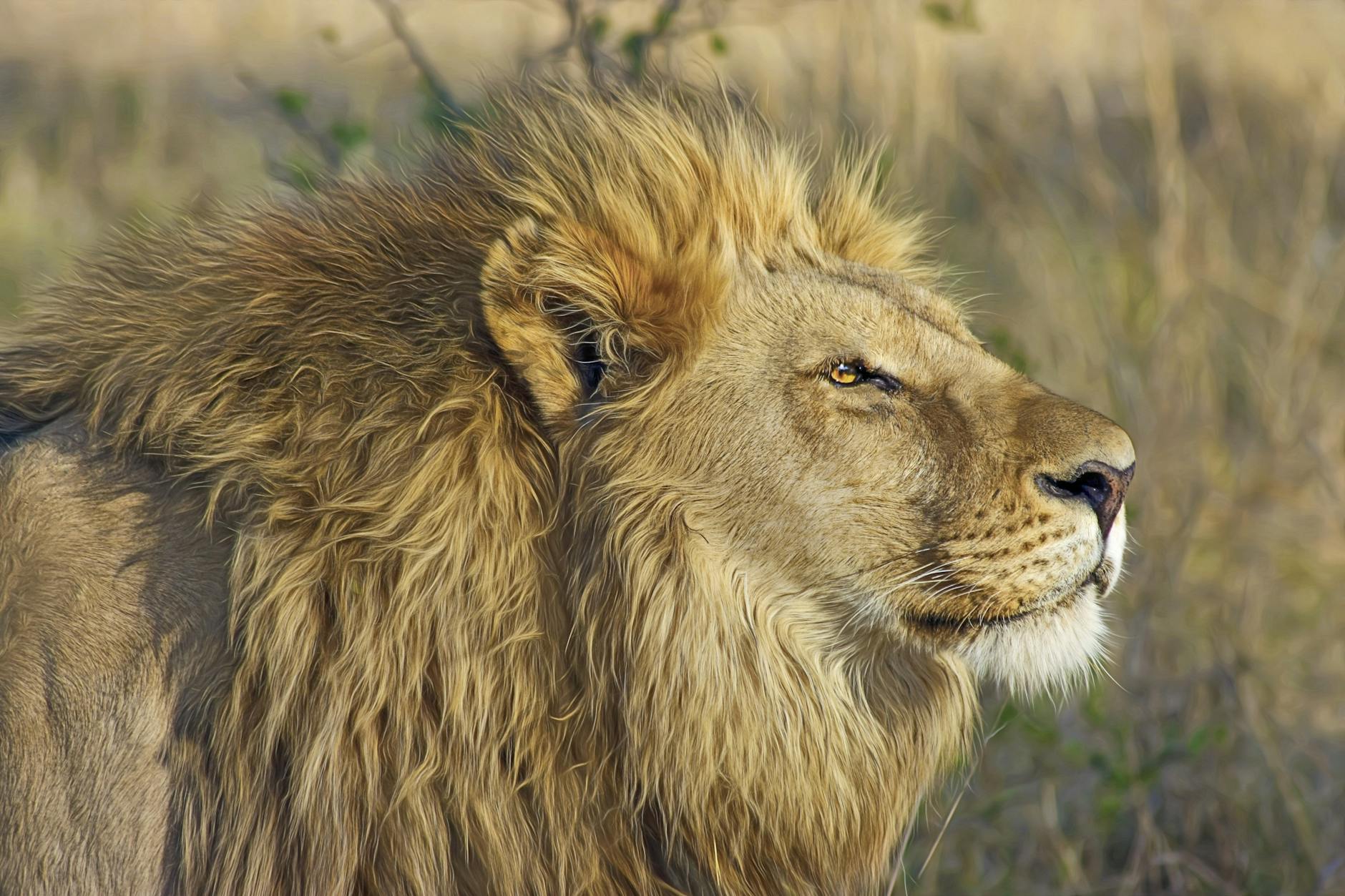
Males: The Defenders and Breeders
Male lions typically form coalitions with brothers or unrelated males. These coalitions take over prides by ousting older males in power. Their role is primarily to defend the pride from rival males and ensure their genes are passed on. However, their reign is often short-lived—usually 2–4 years—before being challenged by a new coalition.
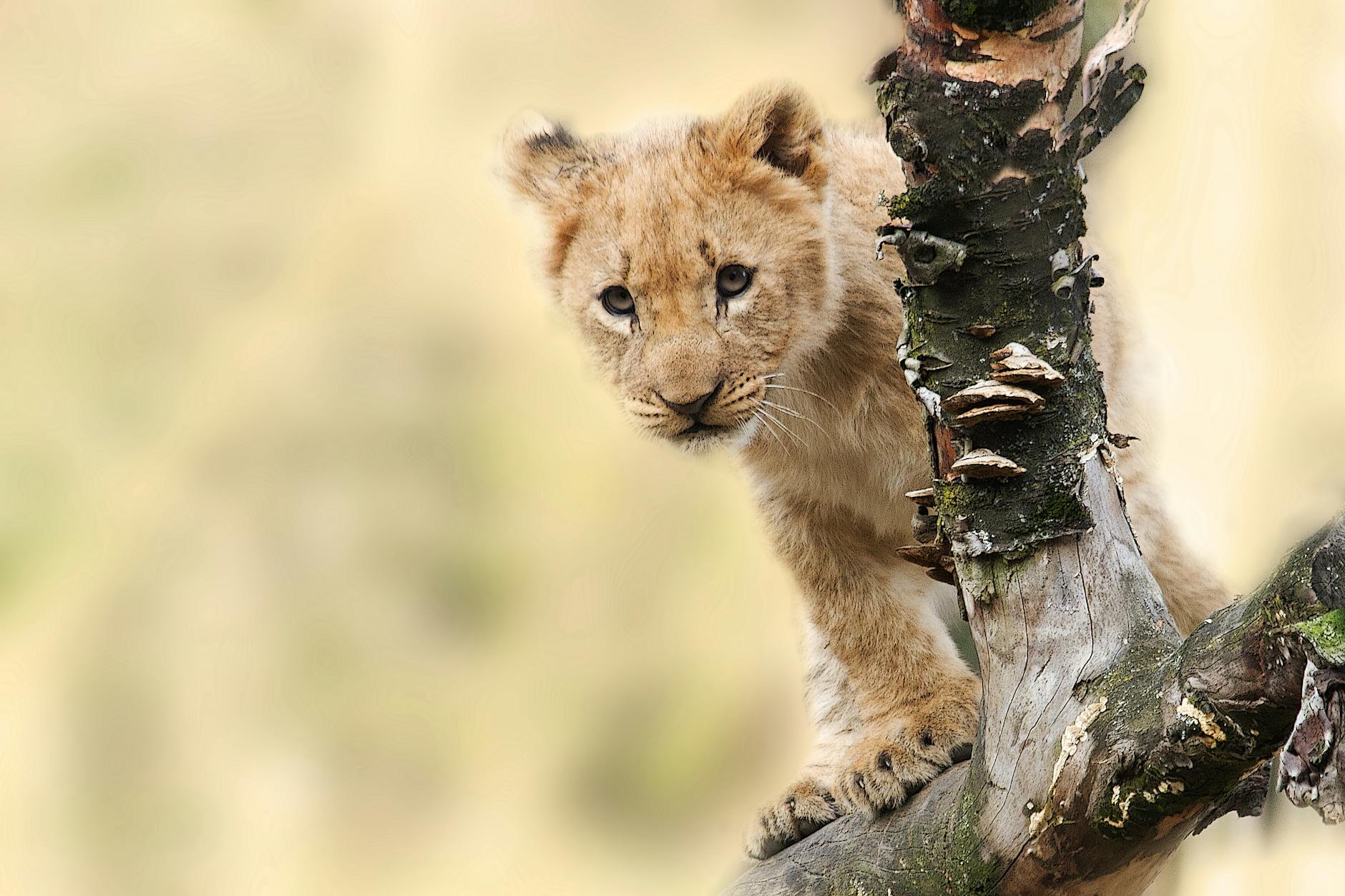
Cubs: The Future of the Pride
Cubs are born helpless and depend on the pride for survival. All the lionesses pitch in to raise them. However, cubs are also the most vulnerable, especially during a pride takeover when incoming males may kill existing cubs to bring females back into estrus.
Social Bonds and Communication
Lions are incredibly tactile and vocal animals. They reinforce bonds through grooming, rubbing heads, and playing. Vocalizations—including roars, grunts, and growls—help them communicate over long distances. Roaring serves not only as a way to locate each other but also to warn intruders and assert dominance.
Pride Dynamics and Changes
Prides are not static. Over time, members come and go due to:
- Takeovers by new males
- Deaths from hunting, starvation, or injury
- Expulsion of young males around 2–3 years of age
- Fission (splitting of a pride) due to internal competition or scarcity of resources
Young males leave or are forced out to prevent inbreeding and to seek out other males to form coalitions. These nomadic males may spend years before successfully taking over a pride.
Benefits of Pride Living
Why do lions live in groups when most other big cats are solitary? The answer lies in cooperation:
- Cooperative hunting improves success rates.
- Shared cub care increases the survival odds of offspring.
- Group defense helps maintain territory and protect against rivals and predators like hyenas.
Challenges of Pride Life
Pride life isn’t all about cooperation. Lions face significant challenges:
- Infanticide during pride takeovers
- Food scarcity, especially during droughts
- Injuries from prey or rival lions
- Human conflict, particularly from livestock farmers and habitat loss
Final Thoughts
Lion prides are dynamic, shifting communities that showcase the complexity of animal social behavior. Behind every roar and every hunt is a tapestry of relationships—alliances, rivalries, and shared survival. Understanding lion pride dynamics not only reveals the intricacies of their world but also deepens our respect for these apex predators and the ecosystems they help balance.
Stay tuned for our next post in this series where we’ll take a closer look at how male lion coalitions work—and why brotherhood might be the key to dominance.
Disclaimer: This blog post is for edutainment purposes only and may not be entirely accurate.

